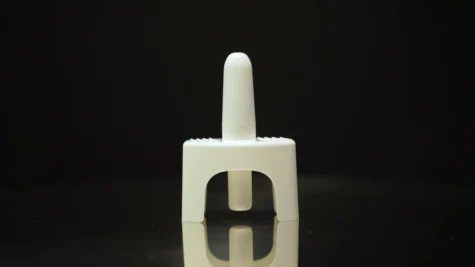A sober living home is a type of transitional recovery housing for individuals recovering from a substance use disorder (SUD). It can be a critical support step for recovery after intensive treatment but before one fully reintegrates into everyday life. Sober living homes provide a drug-free and alcohol-free space that is supportive and structured. The purpose of this blog is to explain what a sober living home is, how it operates, and some of its benefits.
Four Types of Recovery Housing
A sober living home is one type of recovery housing. The Substance Abuse and Mental Health Services Association (SAMHSA) recommends that recovery housing entities be certified to make sure they meet organizational, fiscal, operational, property, and recovery support standards. The National Alliance for Recovery Residences (NARR) is the leading organization for recovery housing certification, and they have created a framework for the four recovery residence levels of support. At a glance, the four types of recovery housing are:
- Level I – Peer-run. These are sometimes called “Oxford Houses” and typically don’t have paid staff. Peer-to-peer support and accountability are key characteristics.
- Level II – Monitored. These are sober living homes. They are likely to have a house manager who lives at the residence for free or at a reduced rate. They are governed by residents in conjunction with staff and the operator of the residence and have more structure than peer-run residences.
- Level III – Supervised. These are for those in recovery looking for moderate structure in their daily lives and life skills support. They often have a paid house manager, administrative support, and certified peer recovery support services.
- Level IV – Service Provider. These are also known as “therapeutic communities” and have onsite clinical oversight. They usually have paid licensed or credentialed staff and administrative support. Stays in these communities are likely to be shorter.
In 2020, there were an estimated 17,943 recovery housing homes (encompassing all four types) across the U.S.
What is a Sober Living Home?
Sober living homes have evolved over the years and have been around since the mid-1800s. These are substance-free residences where individuals can live after they’ve completed more intensive inpatient treatment. Residents may continue outpatient treatment while staying in a sober living home.
Sober living homes are likely to have shared living spaces, house rules geared around personal growth and accountability, and residents are likely to have daily responsibilities. Some sober living homes may require participation in an AA community or a 12-step program.
The length of time a person stays in a sober living home will vary. Some sober living homes have a minimum stay length (such as 90 days). Residents may be allowed to stay month-to-month following the minimum stay as long as they are contributing members of the home. Most sober living homes are self-pay, though financial support or needs-based scholarships may be available.
Sober living homes typically follow SAMHSA’s four dimensions that support a life in recovery: Health, Home, Purpose, and Community. The ultimate purpose of a sober living home is to bridge the gap between drug or alcohol rehab and daily life.
What Are the Benefits of Sober Living Homes?
There are several benefits to sober living homes. Research has found that recovery housing leads to decreased substance use, lower incarceration rates, higher income and increased employment, and improved family relationships. Sober living homes provide peer support and a strong sense of community. It offers opportunities for accountability, structure, and clear rules for living. Sober living homes also create a space for people to practice independence while returning to work and engage with continued treatment such as therapy. All of these factors contribute to reduced risk for relapse and increased likelihood of ongoing sobriety. One study from the Washington State Institute for Public Policy revealed a benefit-to-cost ratio of $6.53 in their study of sober living homes. This means that each dollar invested in sober living homes leads to $6.53 in benefits to participants, taxpayers, and more.
Sober Living and Southern Sky Recovery
Sober living homes can be a critical step in recovery. Having time and space to grow in your recovery while surrounded by a supportive community with structure can set you up for long-term sobriety.
If you or a loved one want to learn more about sober living and the resources available, Southern Sky Recovery can help. Our treatment providers provide a variety of judgement-free treatment options and services. Please contact us today to discuss what recovery could look like for you or your loved one.



